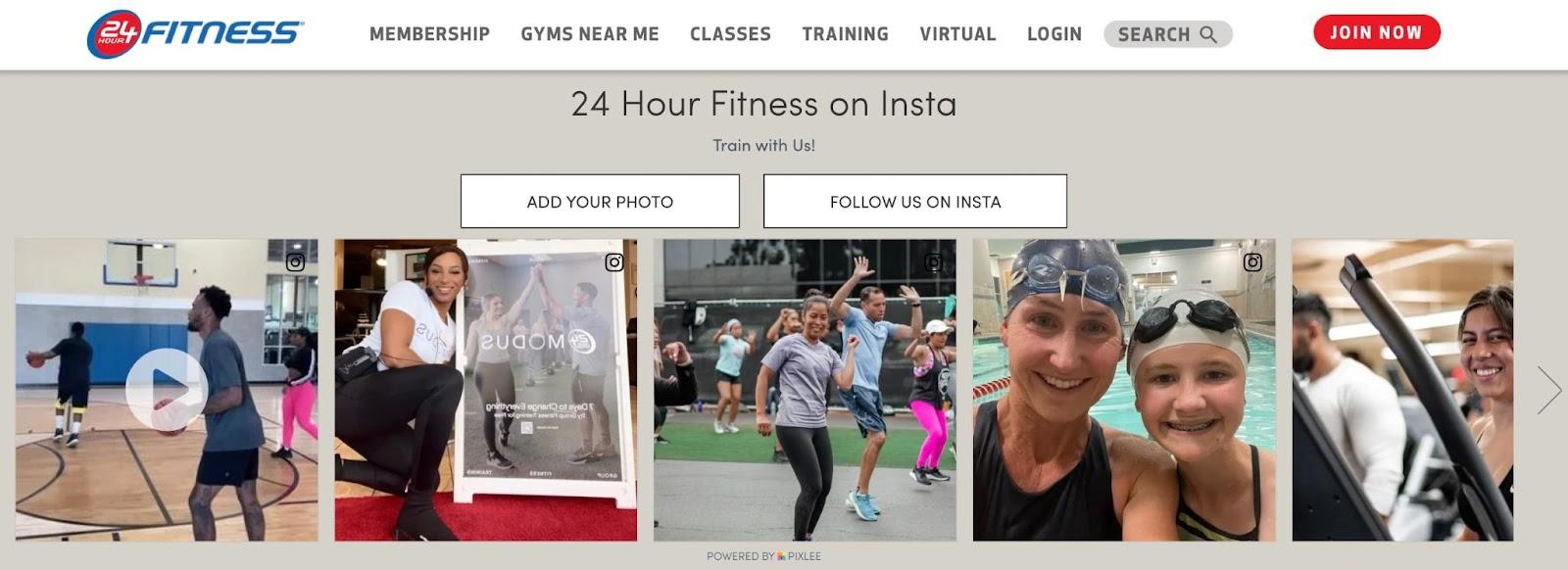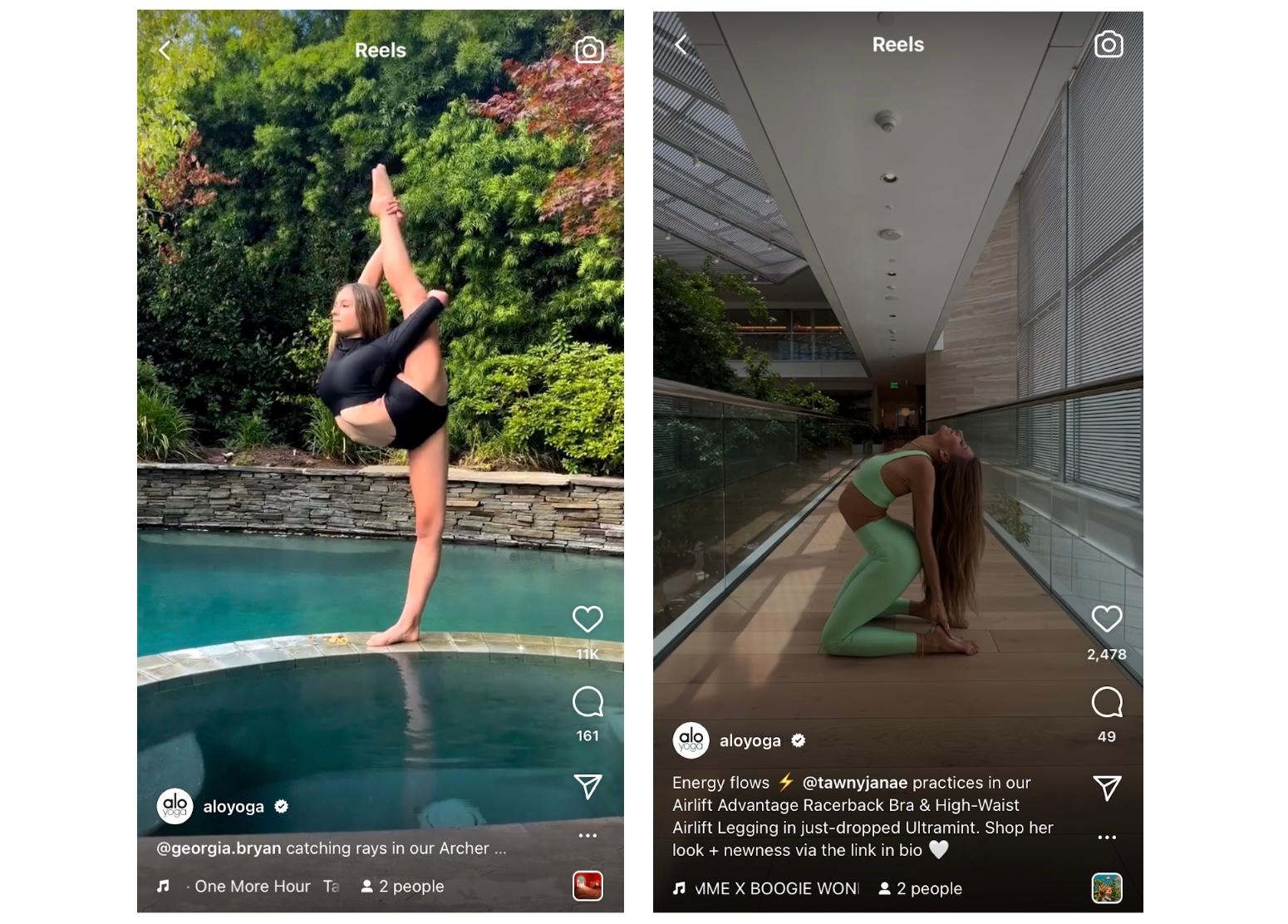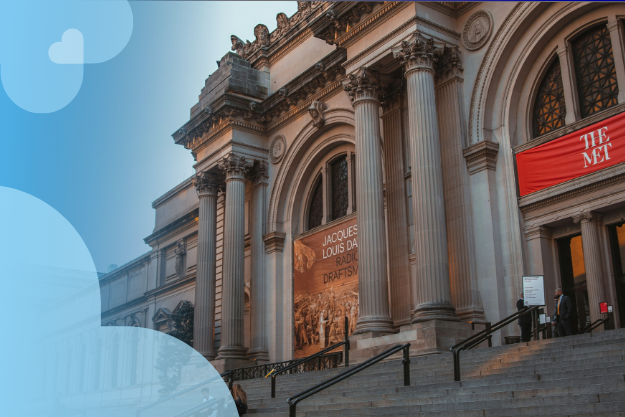Brand storytelling needs to be authentic, community-driven, and easy to scale for modern brands. It's up to you as a marketer to build and share a brand narrative people connect to, and shaping that narrative through community-driven content is the most memorable way to do so.
Brands in every industry should lead their marketing with stories from advocates, customers, influencers, and employees. This community focus in your brand storytelling has the potential to boost conversion rates while providing your marketing team with valuable content to reuse in future campaigns.
Brand storytelling trends in 2023
Consumers in 2023 are seeking out community-driven content that evokes an emotional response, keeps their attention, and helps them understand how a product or service could directly benefit them. Most marketers know this, but lack a scalable solution to build a cohesive brand story across various channels.
In today's digital landscape of TikTok, podcasts, SMS marketing services, and more, there are virtually no limits to the places shoppers can consume media. Brand storytelling aligns with this trend; stories aren't restricted in the way they can be conveyed. This type of content can be communicated visually, verbally, in writing, and via various mediums, including social media and emails.
Brands have the potential to stand out in a distracted marketplace by using stories to create advertising that content with consumers and sticks because it makes the customer the center of the narrative.
What makes good brand storytelling in 2023
Looking to craft and share content that tells your brand and community's story? Consider these three steps right at the start of your campaign-planning process to resonate with 2023 consumers.
1. Be authentic and relatable
The modern customer is not deceived by counterfeit or unoriginal brands. The first stage is determining what your brand's mission and values are. These principles may not be exclusive to your company, but your mission and ethos must be legitimate and aligned with the content you share online.
Perhaps the most compelling way to be authentic in brand storytelling is by sharing user-generated content (UGC) from real customers. Consumers are constantly sharing positive experiences with brands and products on social media, and resharing that content to your brand's own channels demonstrates appreciation for your brand community while showing potential customers how your products could benefit them similarly.

Brands like 24 Hour Fitness use Pixlee TurnTo to automatically collect, curate, and publish UGC from happy customers across their marketing channels, from shoppable online galleries to social media posts featuring these client stories.
This content strategy requires minimal work from a brand side while promoting trust and purchase confidence in the people who view it. UGC is 35% more memorable than other media, and 50% more trusted because of its community-oriented, story-like qualities.
2. Actively learn about your customers
Customers are the finest individuals to develop brand narratives. You want customers to identify with your brand and develop an emotional connection with you. What are their interests? What type of information excites them the most, and why? What are they not receiving from your competition that you could provide?
One way to learn about your target audience is to simply spend time interacting with them on the platforms they're most active on. Leading brands practice social listening to keep tabs on who's talking about them or their industries, and to learn more about their customer base. This strategy can also help you identify potential advocates or brand ambassadors for future storytelling campaigns.
This targeted knowledge can set your marketing and eCommerce teams up for success when it comes to boosting brand awareness. Your goal should be to determine where your ideal customer spends their time online, what kind of content they tend to engage best with, and when the best time to post and engage with them on social media are.
By showing customers through storytelling how your products or services cater directly to them, you're more likely to see a boost in success metrics like time spent on site and conversion rate, as you're reaching a targeted group of consumers who are more likely to connect with your content.

Article shows its appreciation for engaged community members in the comments of an Instagram post.
3. Place the Consumer at the heart of the narrative
One of the most significant marketing errors is making the product or service the protagonist of your narrative. By making the client the protagonist and reacting to their needs and desires, you have a significantly greater chance of attracting and converting them into brand evangelists.
In addition to incorporating the way they talk about your brand into your marketing strategy, consider resharing the stories of customers in your community. Pet insurance company Trupanion frequently reshares UGC from pet owners in their community, often sharing positive experiences directly from the original post.

As this Instagram post shows, just resharing a customer's photo inspired the customer to share her positive experience with Trupanion in a comment under the post. The more you interact with, acknowledge, and share content from your community, the more likely you are to identify your most passionate fans (who can continue to help you market community-first).
4. Appeal to your audience's emotions
Customers want to feel happy interacting with brand content, which is why it's crucial to tell a story that entertains, inspires, and/or educates consumers.
Emotional appeals within a brand's messaging and content inspire consumers to invest in that brand. People trust other people like them, and community-powered content like UGC and ratings and reviews evoke an emotional response that helps your customer feel more connected to your brand.

Content that evokes emotion doesn't have to be an in-depth video of a person; it can take many forms. Delta consistently tells its own brand story around sustainability, outlining in social posts and on-site the steps it's taking in real-time to become carbon neutral. The final sentence of this caption leans into users' emotions by making them feel like a positive part of this sustainability initiative.
Once a brand appeals to a part of a targeted audience through emotion, it must keep its grip by sharing an interesting and easy-to-follow story. There's a reason why "story time" is a popular trend on TikTok; users hook viewers at the start of the narrative and keep their attention until the end of the story. This same thinking can be applied to brand social media and other marketing content.
Content types that tell a brand story
When you're ready to start telling your brand's story — be it on social media, your website, emails, or another channel — use the experiences of real people as the basis for your stories. This shows potential customers that you care about the same things they do and value your existing community. Sales of the product will follow.
There are several types of community-led content that can be adapted to various platforms and marketing touchpoints to tell your brand's story.
User-generated content (UGC)
As mentioned earlier, UGC is an incredibly powerful yet underutilized tool for brands looking to share their stories. These stories serve as a source of social proof for prospective customers and humanize your brand community.
It can be difficult to source, permission, share, and measure the impact of UGC on your marketing channels, like social and on-site content, without the right technology in your toolkit. Top brands like Nixon, Puma, and Radio Flyer trust Pixlee TurnTo [Pixlee TurnTo is now Emplifi] to scalably source high-quality UGC and automatically populate their social feeds as well as website displays with community-driven content that tells a story.

Radio Flyer showcases happy customers (and their kids) using the brand's product, with each piece of UGC telling a unique story. These posts are also shoppable on the brand's website, combining brand storytelling with an easy path to purchase. Implementing UGC on-site ultimately drove a 7X increase in conversion rate for Radio Flyer.
Influencer marketing
In addition to UGC and reviews, influencer marketing and creator partnerships provide a valuable way to practice brand storytelling while putting a real person in the spotlight. Because influencers are skilled at building and engaging an online audience, you'll benefit from them posting their own stories with your brand on social media and from resharing that content on your own channels.

Alo Yoga shares TikTok content from influencers in its active community to contextualize products and inspire viewers to incorporate those products into their everyday lives.
To both discover more diverse influencers that align with your brand values and manage campaigns with the ones you end up partnering with, it's in your brand's best interest to scale your approach to influencer marketing with the right technology. Pixlee TurnTo's influencer marketing solution allows brands to discover potential influencers within their existing fanbases, manage relationships with existing influencers, and measure campaign and content success through detailed metrics.

Brands can even map specific revenue to influencer content to determine what's working, and what's not to determine which influencers are the best fit for your partnership.
Employee content
Taking UGC a step further, consider telling your brand's story through original content from your employees. This may look like behind-the-scenes videos of how your product is made, media showing how your team members use your product in their day-to-day lives, or insight into your company values and mission.

In addition to sharing UGC and influencer content on Instagram, Delta frequently spotlights team members like pilots and flight attendants to give its customers an inside look at the people who power the company. This provides a great space for team members to share what they care about and help customers feel more connected to your brand.
Ratings & Reviews
Ratings & Reviews are exceptionally important in brand storytelling, especially when it comes to eCommerce website content. Even a couple of customer experiences shared straight from the source can drive shoppers to add your product to their cart.

Bob's Red Mill uses Pixlee TurnTo Ratings & Reviews to obtain and share more information about its customers, like genuine photos and personal dietary preferences. These kinds of details support the story told in the review, and in turn promote more trust in your brand.
Similarly, Checkout Comments and Community Q&A provide customers more opportunities to share their reasons for purchasing and their own experiences with your brand or product. Prioritize post-purchase messaging right after customers buy and receive your products for detailed feedback. Consider extending the reach of your text-based customer feedback beyond your website. Converse saw a spike in email open rate and engagement by featuring Pixlee TurnTo-powered Ratings & Reviews for top products in a campaign.

Your business can benefit greatly from how you tell stories in your content. Showing your community how your brand can impact their lives positively will light up and educate them. Because of this, they start spreading the word about your brand and products or services — and it's no secret that word-of-mouth marketing is the most powerful channel out there.
It takes time and dedication to build a group of people who support your brand. This includes providing consumers with regular content that adds value and improves the user experience (UX). Adding these marketing elements to your brand story will boost your content marketing strategy and efficiency, and help you get more customers and sales.
Editor's Note: This article was originally published on pixlee.com. Any statistics or statements included in this article were current at the time of original publication.




































